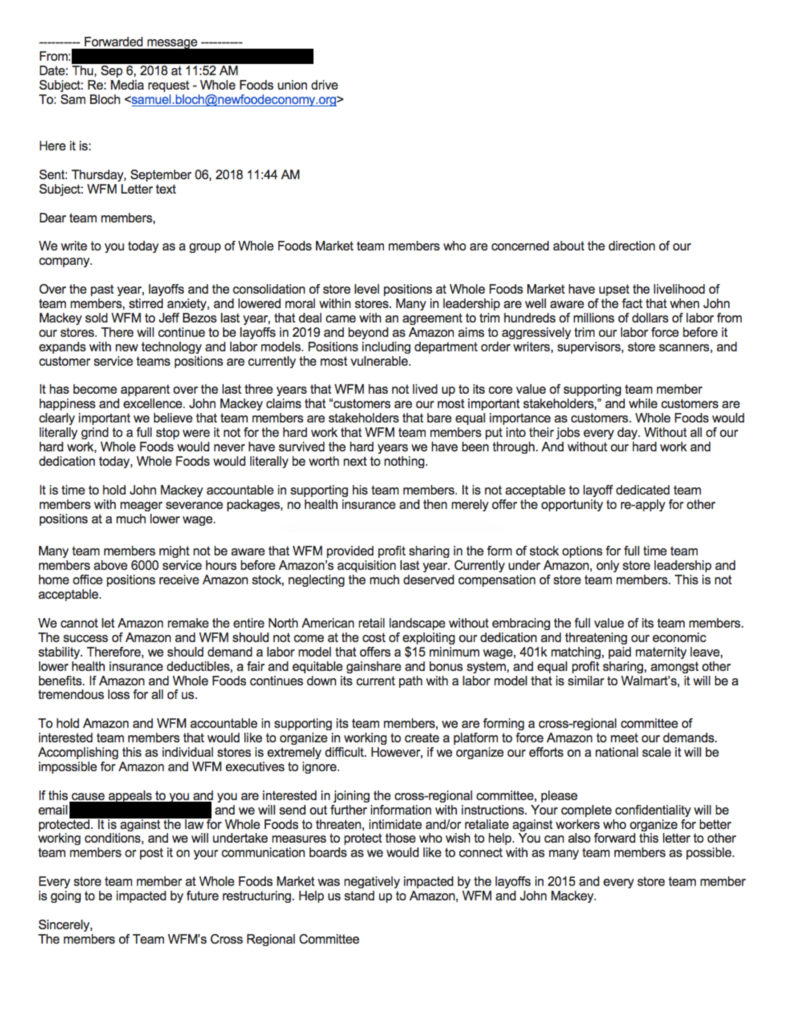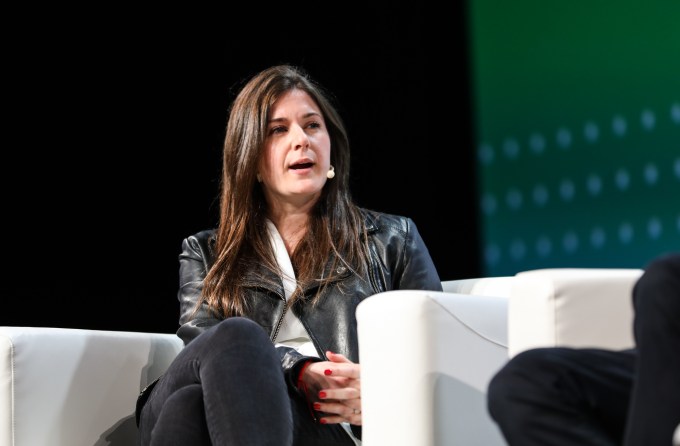Tachyon, the accelerator of the blockchain powerhouse ConsenSys which launched earlier this year, has announced the first cohort for its 10 week accelerator program which is aimed at taking early stage blockchain projects from idea to a viable product. Sixteen companies were selected from around the world and will be brought together in San Francisco to participate in programming and accelerate their businesses. The projects are placed into one of three tracks: Blockchain for-profit projects, open source and social impact. The program will culminate with a demo day for investors on November 17th.
Kavita Gupta (Managing Partner, ConsenSys Ventures) said: “We launched Tachyon with the intention of finding extremely promising early-stage companies and providing them with hands on support from the get-go. Among this inaugural group, I feel confident that we’ve found the next crop of game-changing projects that will drive innovation across the blockchain ecosystem.”
Joe Lubin (Founder, ConsenSys) commented: “One thing that excites me about this first Tachyon cohort is that it demonstrates the degree to which our Ethereum community remains decentralized, even as it continues to grow. In this first batch, I see companies coming from Israel, China, India, Europe, the South Atlantic and Pacific Northwest all coming together to drive innovation beyond their geographical boundaries.”
Here’s a run-down of each company selected, in their own words:
BULVRD: BULVRD is Washington DC based map and navigation app that tokenizes and gamifies the community aspect of navigation apps like Waze, rewarding users to report route information in the app making maps more real-time and community driven.
Decompany: Decompany is a Korea based decentralized and incentivized knowledge trading system coming from Polaris Office (Infraware is publicly traded parent company). Decompany will be using the blockchain to build a global and monetizable version of Slideshare, utilizing network effects and a lone currency for transactions.
Elkrem: Elkrem is a Cairo based company creating hardware that will make it easy for IOT devices to interact with the Ethereum blockchain. Using proprietary software, Elkrem’s boards can force devices to interact with the Ethereum stack in an efficient and scalable way.
Eth Status Codes (Open Source Grant): A Candian company, ETH Status Codes, also known as the ERC-1066 proposal, outlines a common set of Ethereum status codes in the same vein as HTTP statuses or BEAM tagged tuples. These shared set of signals allow smart contracts to react to situations autonomously and expose localized error messages to users.
Expercoin: Out of the Harvard innovation lab, Expercoin is a decentralized AI powered marketplace protocol empowering non-technical individuals to create specialized learning economies with the ability to instantly monetize them.
FastX: China based high throughput decentralized exchange protocol built on Plasma. At scale, FastX will combine the security of a DEX with the UX and low fees of a centralized offering, offering a low-latency decentralized platform to serve Web 3.0’s largest use-case to date: the exchange of digital assets.
GlobalXplorer (Non-profit grant, Social impact track): A TED prize recipient, GlobalXplorer is a crowdsourced archaeology initiative that allows for locals to participate in archaeology and legitimize findings in their region. The GXº Blockchain is a global registry for antiquities and an Ethereum-based marketplace for the sustainable distribution of an antiquity’s cultural heritage data which can be curated and collected.
Groundhog (Open Source): Out of the Nova Scotia based Blockcrushr labs, The Groundhog Wallet is a multi-blockchain crypto wallet, browser, and hub for decentralized access to Web 3.0 that includes Groundhog Pay, a payment platform that lets merchants world accept all types of crypto currencies including subscription payments over Ethereum.
MWC Vision: MWC Vision is a Berlin based studio spinning up decentralized, on-chain video games, the first of which is Chainmonsters. ChainMonsters is an Ethereum-based game in which users can catch, collect, and battle with monsters known as ChainMonsters (much like the handheld Pokemon games). Utilizing non-fungible Ethereum tokens, users can fully control and own an in-game avatar and explore a digital world, catching and training ‘monsters’ represented by tokens which can be sold and used elsewhere.
Net Ninjas: Net Ninjas is an Israel based protocol for all things decentralized compute and storage, starting with an offering that will use the blockchain to create a decentralized VPN that can be used by enterprises.
Nuo: Nuo is an India based project facilitating decentralized crypto lending on-chain. Borrowers on the platform can stake tokens as collateral and get ETH as a result. The protocol has already processed $15,000 worth of loans and provides an entirely on-chain lending solution for digital assets.
Pulse: The Pulse protocol allows users to tokenize their ‘intent’ to procure a service that potential sellers can bid on, aiming to become the defacto protocol for service customer acquisition and a simpler way for users to connect directly with service providers. In this decentralized network, relayers and market makers help organize ‘intent’ and any dApp or current publisher can plug directly into the Pulse infrastructure to participate, contribute, and earn tokens.
Quidli: Quidli is a France based protocol building the technological infrastructure that makes equity based employee compensation possible – with a particular focus on the startup space . Currently a centralized protocol, integrating an Ethereum-based solution will allow for the tokenization of equity – making equity based compensation programs programmable and tradeable.
Stealth Project: A member of our cohort still in stealth mode is a project re-imagining databases by building a P2P network with an open participation model aiming to be a decentralized version of an SQL database, providing a fundamental data storage building block enterprises and future dApps.
TapTrust (Open source): SF based, TapTrust is building a a self sovereign wallet that utilizes a standard username and password login and allows users easy set-up without ever needing to back up a seed phrase. In addition to their wallet offering, TapTrust is incorporating a commercial feature called TrustFund that provides loss protection for smart contract security exploits. The loss protection offered with TrustFund along with the ease of setup for the TapTrust wallet should make it easy for people to get started with using dApps without the major risk factor of losing their crypto.
WalletConnect (Open Source Grant): WalletConnect is a simple solution that bridges communication between browser-based dApps and mobile wallets using a QR code scan to establish the initial connection. It is an open protocol and does not require a dApp user to install a browser extension. The protocol is agnostic to specific mobile wallets a user may want to use and will enable dApp developers to integrate with multiple wallets and reach users through a single implementation.
Source: Tech Crunch





 It’s maybe no surprise that Google is now expanding its
It’s maybe no surprise that Google is now expanding its